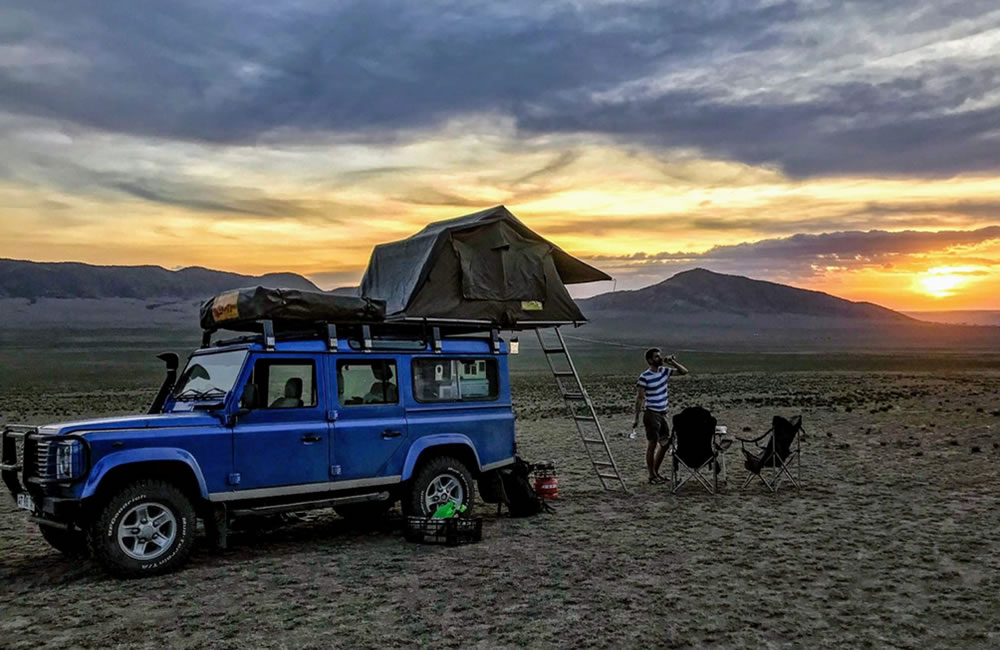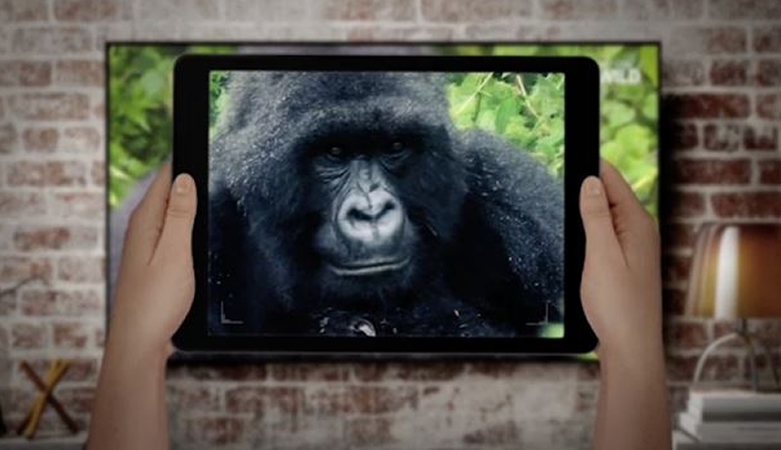A self-drive safari in Tanzania is one of the most exciting adventures you can have in Africa. Instead of joining a group tour, you drive your own vehicle through national parks, wild landscapes, and remote villages. This gives you the freedom to travel at your own pace, stop when you want, and explore places that most tourists never see. Tanzania is home to some of the best safari parks in the world, including the Serengeti, Ngorongoro Crater, Tarangire, and Lake Manyara. These parks are full of wildlife like lions, elephants, giraffes, zebras, and even the Great Migration. Driving yourself through these areas brings a special feeling of discovery and connection to nature.
In this guide, you will find simple tips and advice to help you get the best from your Tanzania self-drive safari. Whether you are a first-time visitor or a returning traveller, here are the most important things to consider before and during your trip;
- Choose the Right Vehicle
A strong 4×4 vehicle is a must for a self-drive safari in Tanzania. The roads inside the national parks and many rural areas are rough, dusty, or muddy. A 4WD with good ground clearance will handle these conditions better and keep you safe. Common choices include Toyota Land Cruisers, which are known for reliability and off-road performance. Also, think about whether you want a rooftop tent for camping or a regular car with lodge stays. Some vehicles come with a fridge, extra fuel tanks, and pop-up roofs for better wildlife viewing. Renting the right car makes a big difference in your overall comfort and experience.
- Plan Your Route Carefully
Tanzania is a large country, and the distances between parks can be long. Before you go, plan your route in detail. Decide which parks you want to visit and how many days you’ll spend in each. Popular routes include the northern circuit (Arusha, Tarangire, Lake Manyara, Serengeti, Ngorongoro) and the southern circuit (Selous, Mikumi, Ruaha). Use online maps and safari blogs to help plan your route. It’s also helpful to download offline maps like Maps.me or Google Maps offline. Be realistic with your driving time roads are often slower than they appear on the map. Try to avoid driving at night, as animals and bad roads can be dangerous in the dark.
- Book Campsites or Lodges in Advance
If you are traveling during peak seasons (June to October and December to February), book your accommodation in advance. Whether you prefer basic campsites or luxury lodges, spots can fill up quickly, especially in popular parks like Serengeti or Ngorongoro. Public campsites are affordable and located inside the parks. Special campsites offer more privacy but need advance booking. Some private camps outside the parks are also great and may offer facilities like hot showers or restaurants. Booking ahead ensures you have a safe and legal place to sleep each night.
- Carry Enough Fuel and Water
Fuel stations are common in towns, but they can be rare or non-existent in remote areas and national parks. Always start with a full tank and fill up whenever you can. Consider carrying extra fuel in jerry cans, especially if you plan to explore the Serengeti or other large parks. Water is just as important. Tanzania can be hot and dry, and you may spend long hours on the road. Carry at least 5–10 liters of drinking water per person per day. Having a basic water filter or purification tablets can also be helpful if you run low.
- Get the Right Permits and Pay Park Fees
Each national park has its own entry fees, camping fees, and vehicle charges. These fees can add up, so check the official TANAPA (Tanzania National Parks Authority) website or ask your car rental company for the latest prices. You often need to pay in advance or carry payment proof at the gate. Some parks, like the Ngorongoro Conservation Area, also require a separate permit or transit fee. Always have a printed copy of your permits and receipts, as phone signal may not work in the parks. Don’t forget to bring your passport park officers may ask for it.
- Drive Carefully and Follow Park Rules
Wildlife parks in Tanzania have strict rules to protect animals and visitors. Stay on marked roads and tracks off-roading is illegal and can get you fined. Speed limits are usually 25–50 km/h inside parks. Drive slowly to spot animals and avoid accidents.
Keep a safe distance from animals. Never get out of the car unless at a designated area. Also, avoid honking or playing loud music, which can scare animals. Respect the natural environment and leave no trash behind. Responsible driving helps preserve the parks and keeps you safe.
- Use a GPS and Offline Maps
Internet is not available in many safari areas, so don’t rely only on Google Maps. A GPS device or a good offline app like Maps.me can help you navigate better. These tools show park tracks, campsites, gates, and water points more clearly than standard maps. You can also download park maps from official websites or get one from the park gates. A compass or printed map is a good backup in case your device fails. Getting lost in a remote area can waste time and fuel, so always check your route before you start driving.
- Pack Smart and Bring Safari Essentials
Packing well can make your safari more enjoyable. Essential items include a flashlight, binoculars, insect repellent, sunscreen, a basic first aid kit, and comfortable clothes in earthy colours. Don’t forget warm clothes for early morning game drives it can get chilly. If you are camping, bring sleeping bags, cooking gear, and enough food for the trip. Many self-drive rental companies offer complete camping kits with tents, chairs, utensils, and gas stoves. A power bank or solar charger is useful for keeping phones and cameras charged when off-grid.
- Travel with a Paper Map and Emergency Contacts
Even with digital tools, it’s smart to carry a paper map with you. It can help in areas with no GPS signal or during breakdowns. Mark your planned route, campsites, and fuel stops in advance. Keep a list of emergency contacts, including your car rental company, local police, and nearest hospital or ranger station. If your car breaks down, don’t panic. Stay with the vehicle and contact your rental provider they usually have a rescue service.
- Watch the Weather and Road Conditions
Tanzania has two rainy seasons: long rains from March to May, and short rains in November. During these times, some park roads become muddy and hard to drive. If you’re self-driving, it’s best to avoid the peak rainy season. Always check the weather forecast before heading into a park. Even in the dry season, sudden storms can flood roads. Local people or park rangers can give you updates about conditions. Avoid river crossings after rain—they may look shallow but can be dangerous.
- Start Your Days Early
Wild animals are most active in the early morning and late afternoon. If you want to see lions, leopards, or other big cats, wake up early and be on the road by sunrise. This is when the light is best for photography, and the animals are easier to find. Midday can be hot and quiet, so it’s a good time to relax at your camp or have lunch. Then, head out again in the late afternoon for another game drive. With your own vehicle, you can decide your schedule but early starts usually lead to the best sightings.
- Stay Flexible and Open-Minded
Even with the best planning, things don’t always go as expected. You might get a flat tire, take a wrong turn, or not see the animals you hoped for. That’s all part of the adventure. Be patient and enjoy the journey. Some of the most memorable safari moments come from surprise encounters or spontaneous detours. Talk to other travellers at campsites they may share useful tips or recent wildlife sightings. A flexible attitude helps you make the most of every situation.
- Respect Local Communities
When you drive through villages and towns, slow down and be polite. Tanzania’s rural areas are home to many different communities, including the Maasai and Hadzabe. If you want to visit a cultural site or take photos, always ask for permission first. Buying snacks or souvenirs from local shops supports the local economy. Learning a few Swahili words like “Jambo” (hello) or “Asante” (thank you) can help you connect better with people you meet on the road.
- Be Aware of Your Safety
Tanzania is generally safe, but like any road trip, there are risks. Avoid driving after dark, lock your vehicle when parked, and keep valuables out of sight. In remote areas, always tell someone your travel plan for the day. If camping, don’t leave food out it can attract animals. At night, stay in your tent or vehicle unless you’re in a fenced area. Always listen to park rangers or camp staff for safety instructions. Common sense goes a long way in staying safe.
- Enjoy the Freedom and Magic of Self-Driving
One of the best things about a self-drive safari is the sense of freedom. You’re not stuck to a tight schedule, and you can spend more time at places that interest you. Whether it’s watching elephants at a waterhole or enjoying a quiet sunset over the savannah, these moments are unforgettable. Take your time, explore off-the-beaten paths, and enjoy the sounds, sights, and smells of the wild. A self-drive safari is not just a trip it’s a personal journey into the heart of Africa.
Conclusion
A self-drive safari in Tanzania is a special adventure that offers freedom, fun, and a deep connection to nature. With good planning, the right vehicle, and a flexible attitude, you can enjoy an unforgettable journey through amazing landscapes and wildlife-rich parks. Take your time, respect park rules, and stay safe on the road. Whether you camp under the stars or watch lions in the wild, each moment will become a memory to treasure. If you stay prepared and open-minded, your self-drive safari in Tanzania will be one of the best travel experiences of your life.


